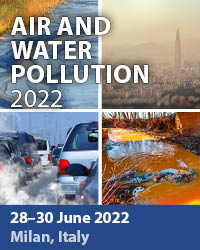Sustainability Of Wetlands: Nature Conservation And Agriculture In Baixo Vouga Lagunar
Price
Free (open access)
Transaction
Volume
81
Pages
10
Published
2005
Size
815 kb
Paper DOI
10.2495/ECO050491
Copyright
WIT Press
Author(s)
T. Andresen & M. J. Curado
Abstract
In the central coastal area of Portugal an Environmental Impact Assessment Study of Infrastructures and Farmland Reallocation Project has taken place. The site – Lower Vouga Lagoon System – is a unique man-made landscape that is threatened by various factors, namely salinisation and abandonment. However, it is a place of significant interest for nature conservation. The complexity of the site and of the Project, combined with the significant public attention that surrounded it, called for innovative approaches in terms of methodology and tools for the implementation of the recommendations that at the same time were technically credible and well understood by the public. The Project offered various alternatives and after the Environmental Impact Assessment Study a solution was pointed out. Considering the environmental susceptibility the study pushed forward a set of recommendations towards the sustainability of this landscape that were translated into integrated monitoring plans for water, soil, and biodiversity and landscape diversity. Keywords: wetlands, ecological corridors, landscape quality, biological diversity, farm reallocation, environmental impact assessment, impact assessment methodologies, monitoring plans. 1 Introduction Based upon the Environmental Impact Assessment Study of Infrastructures and Farmland Reallocation Project of the Lower Vouga Lagoon System (EIA), the sustainability of wetlands through the conciliation of nature conservation objectives and optimization of intelligent farming practices of the past is discussed and confronted with today’s practices of intensive farming. The recommendations arising from the EIA advocate that the sustainability of the
Keywords
wetlands, ecological corridors, landscape quality, biological diversity, farm reallocation, environmental impact assessment, impact assessment methodologies, monitoring plans.





